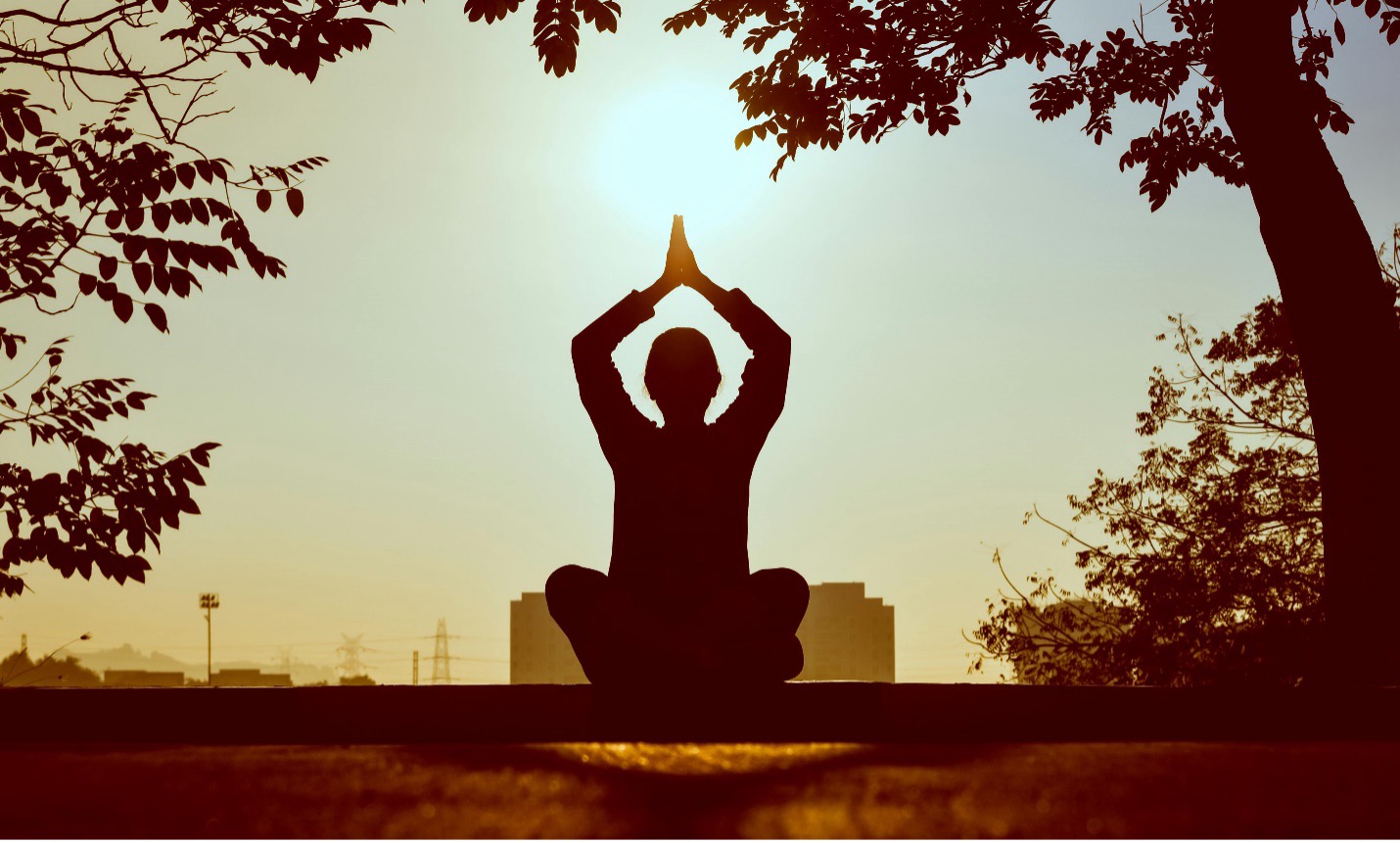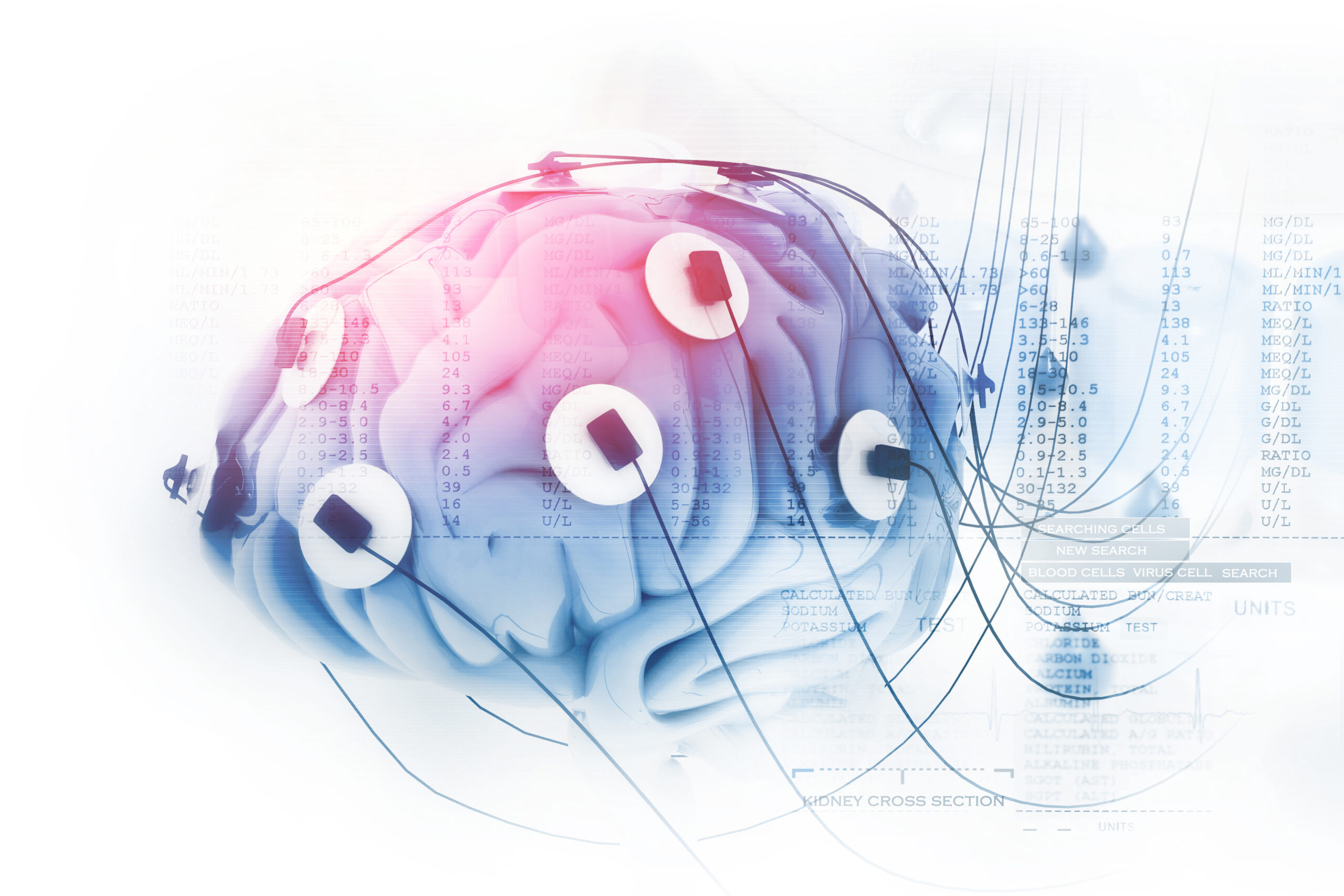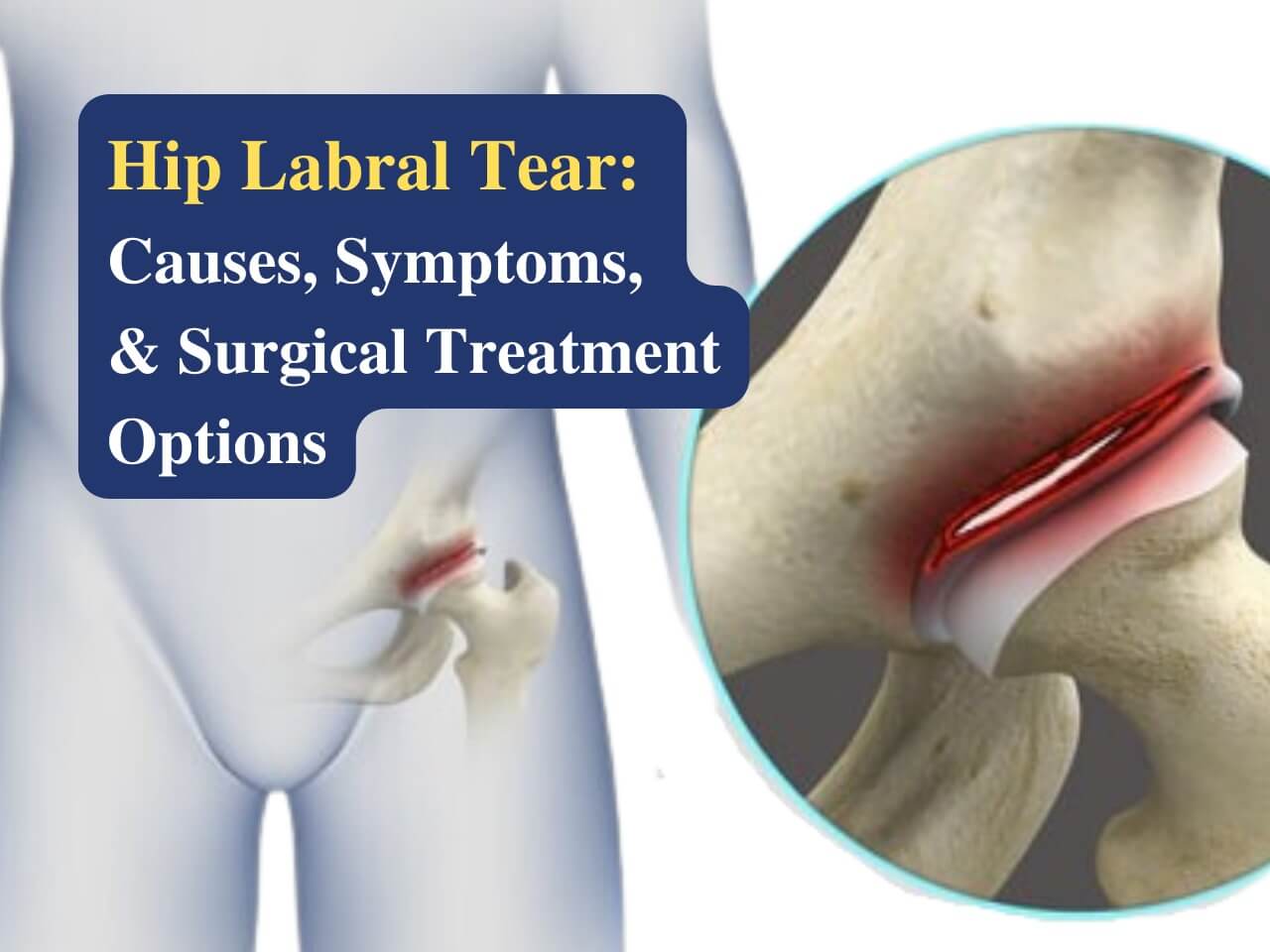Our Blog
Welcome to the Neurohealth Wellness blog – your trusted source for holistic health and wellbeing.
Here, our dedicated team of expert practitioners share valuable insights across a range of therapies, including chiropractic care, acupuncture, myotherapy, massage therapy, and clinical hypnotherapy.
Whether you’re seeking natural pain relief, better mobility, emotional resilience, or a clearer mind-body connection, our evidence-based articles and real-life success stories offer practical guidance to support your journey. Discover how our integrated approach – blending physical therapies with the transformative power of hypnotherapy – can help you live pain-free, regain balance, and thrive in every aspect of your life.








